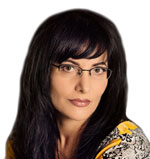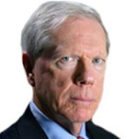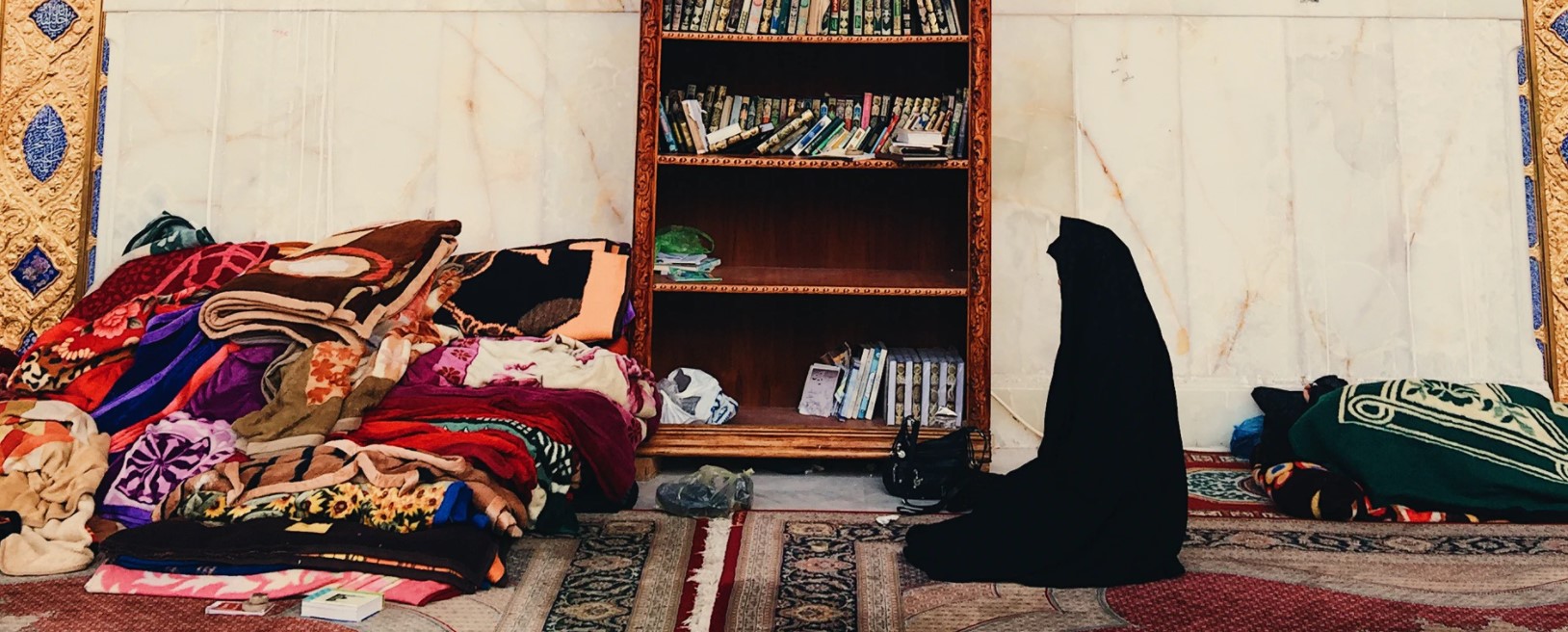Top Austrian court overturns headscarf ban
The Austrian Constitutional Court has ruled that the country's ban on headscarves in public schools violates freedom of religion as well as freedom of expression and is therefore unconstitutional.
Published: December 28, 2020, 8:58 am
IGGÖ President Ümit Vural welcomed the high court ruling, but both Austrian Minister of Education Heinz Faßmann and Minister for Women Susanne Raab, said it was regrettable.
“It does not give girls the opportunity to make their way through the education system free of coercion,” according to Faßmann while Raab said it was “regrettable when little girls have to wear a headscarf and cover themselves in primary school”.
Leader of the Freedom Party in Upper Austria, Manfred Haimbuchner, commented after the ruling: “The prohibition of the wearing of Islamic headscarves in elementary schools was never intended to be a restriction of religious freedom, but rather as a protective mechanism against sexualization and Islamic oppression of underage children…. Unfortunately, this judgment is a step backwards in terms of civilization.”
He described the ruling as a “civilizational regression for society” while FPÖ leader Norbert Hofer said his party would fight the ruling: “With a two-thirds majority in the National Council [lower house of Parliament], we have the opportunity to put the regulation back into force through a constitutional law.”
FPÖ city councilor for Vienna Dominik Nepp called the ruling “a sad day for children’s rights and a dramatic kneeling to political Islam”.
“The prohibition of the wearing of Islamic headscarves in elementary schools was never intended to be a restriction of religious freedom, but rather as a protective mechanism against sexualization and Islamic oppression of underage children. We must accept the fact that the Constitutional Court has now repealed this law as unconstitutional.
“Unfortunately, this judgment is a step backwards in terms of civilization. The door has now been opened to a religiously motivated oppression of girls, an oppression that we do not want in our society.
“Therefore, it is now important to study this judgment carefully and to draw conclusions from it as to how such a ban can still be implemented for the benefit of the children. The search for a constitutional majority for appropriate legislation in parliament is of course an option.”
According to the ruling, “a regulation that only affects a certain group of female students and that remains selective in order to ensure religious and ideological neutrality as well as gender equality misses its regulatory goal and is irrelevant. §43a SchUG therefore violates the principle of equality in connection with the right to freedom of thought, conscience and religion,” the court ruled on December 11, 2020.
The headscarf ban was introduced in June 2019 by a governing coalition of the People’s Party (ÖVP) and the conservative Freedom Party (FPÖ). It was an extension of the “Integration Law” from October 2017 which had sought to advance the integration of Muslims into Western society.
The 2017 law banned face coverings — including burkas, niqabs or masks — in public spaces. In 2019, the law was extended to prevent children under the age of ten from wearing Islamic headgear in primary schools.
The law did not explicitly refer to Muslims or Islam, but “any clothing that is ideological or religious and that involves covering the head” was banned. Head coverings were thus legally defined as “any type of clothing that covers the entire head hair or large parts of it” to include only Muslims. Sikhs and Jews were excluded
The bill sought to promote “the social integration of children according to local customs and traditions, the preservation of the basic constitutional values and educational goals of the Federal Constitution, as well as the equality of men and women”.
Austria’s official Muslim umbrella group [Islamische Glaubensgemeinschaft in Österreich, IGGÖ], condemned the law as “destructive” and a “direct assault on the religious freedom of Austrian Muslims ” and filed a lawsuit in January 2020 after Minister of Integration, Susanne Raab, announced that the ban would now include girls up to 14 years of age.
The Court noted: “The principle of equality, in conjunction with the right to freedom of thought, conscience and religion, establishes the state’s religious and ideological neutrality. When designing the school system, the legislature is required to comply with this requirement by treating various religious and ideological convictions based on the principle of equality. The school is based, among other things, on the basic values of openness and tolerance (Art. 14 Para. 5a B-VG).
“With §43a SchUG, however, the legislature picks out a specific form of clothing with religious or ideological connotations, which is in one way or another comparable with other, but not forbidden, religious or ideological clothing habits.
“A regulation that selectively picks out a certain religious or ideological conviction by deliberately privileging or disadvantaging such convictions requires a special objective justification with regard to the requirement of religious and ideological neutrality.”
It concluded: “The wearing of the Islamic headscarf is a practice that is applied for various reasons. The possible religious or worldview explanations that headscarf wearers give to justify the wearing of the headscarf, are manifold. By wearing a headscarf, you can simply express your affiliation with Islam or the orientation of your own life to the religious values of Islam. Furthermore, wearing the headscarf can also be interpreted as a sign of belonging to Islamic culture or of adherence to the traditions of the society of origin. The Islamic headscarf therefore has no clear and unambiguous meaning.”
The Court stated that it could not offer an interpretation of its own “when there are several possibilities for interpreting a religious or ideological symbol, particularly when it comes to questions of freedom of religion and belief, and to base its assessment of the legal rights of the existence of such symbols in state educational institutions on this”.
They added however that the ban carried “the risk of making it difficult for Muslim girls to access education or of marginalizing them from society”.
Austria’s Muslim population now exceeds 700 000 or 8 percent of the total population, according to data compiled by the University of Vienna. If current levels of migration continue, the Muslim population of Austria is forecast to reach around 20 percent of the total population by 2050, according to the Pew Research Center.
Muslim students already outnumber Austrian students at middle and secondary schools and it therefore only a matter of time before Muslims outnumber Austrians in Viennese elementary schools. Austria’s Agency for State Protection and Counterterrorism (BVT) has meanwhile warned of the “exploding radicalization of the Salafist scene in Austria”. Salafism can be described as an anti-Western ideology that seeks to replace liberal democracy with Islamic law.
All rights reserved. You have permission to quote freely from the articles provided that the source (www.freewestmedia.com) is given. Photos may not be used without our consent.
Consider donating to support our work
Help us to produce more articles like this. FreeWestMedia is depending on donations from our readers to keep going. With your help, we expose the mainstream fake news agenda.
Keep your language polite. Readers from many different countries visit and contribute to Free West Media and we must therefore obey the rules in, for example, Germany. Illegal content will be deleted.
If you have been approved to post comments without preview from FWM, you are responsible for violations of any law. This means that FWM may be forced to cooperate with authorities in a possible crime investigation.
If your comments are subject to preview by FWM, please be patient. We continually review comments but depending on the time of day it can take up to several hours before your comment is reviewed.
We reserve the right to delete comments that are offensive, contain slander or foul language, or are irrelevant to the discussion.
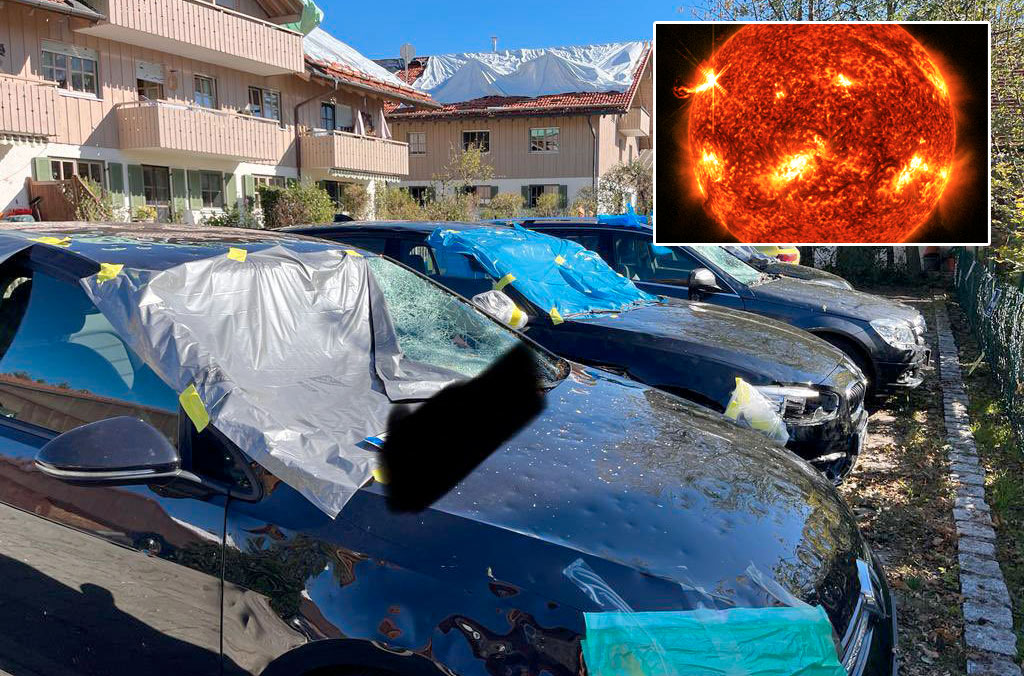
NOAA Predicts Zero Sunspots for Almost the Whole 2030s
CLIMATEThe United States' government scientific organization, the National Oceanic and Atmospheric Administration (NOAA), predicts zero sunspots from 2031 to 2040. This is an extreme situation that has not occurred in as long as humanity has been counting sunspots, and it leads us into uncharted territory in terms of our solar system. However, this prediction aligns with the warnings of the world-renowned solar researcher Valentina Zharkova for many years, who indicated in 2019 various signs of this catastrophic phenomenon, including the extreme hailstorms we have seen in Europe and the world this summer. The forecast and various observations this year give cause for very significant concern. In this unique analysis, Free West Media explains why.
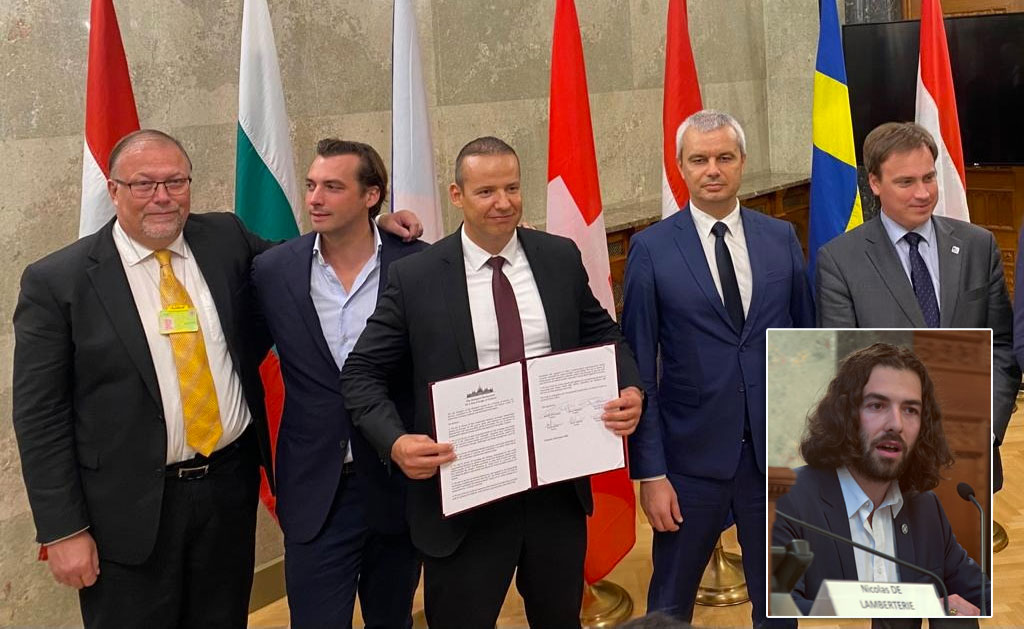
European Nationalist Parties Forge Cooperation Ahead of EU Elections
EUROPEAN ELECTIONSOn Saturday, August 26, representatives of six European nationalist parties gathered in Budapest. The meeting was initiated by the Hungarian party Mi Hazánk and took place in the national parliament. Representatives of the parties signed a joint declaration that not only reaffirms the parties' friendship but also their unity on a range of complex political issues. A surprisingly clear and radical manifesto was established. The hope is that this cooperation will lead to success in the EU elections and eventually result in the formation of a group in the European Parliament. For Swedish nationalism, this meeting marks a success as Sweden, for the first time, has a party represented in a leading nationalist cooperation in Europe. Free West Media was present at this historic event.
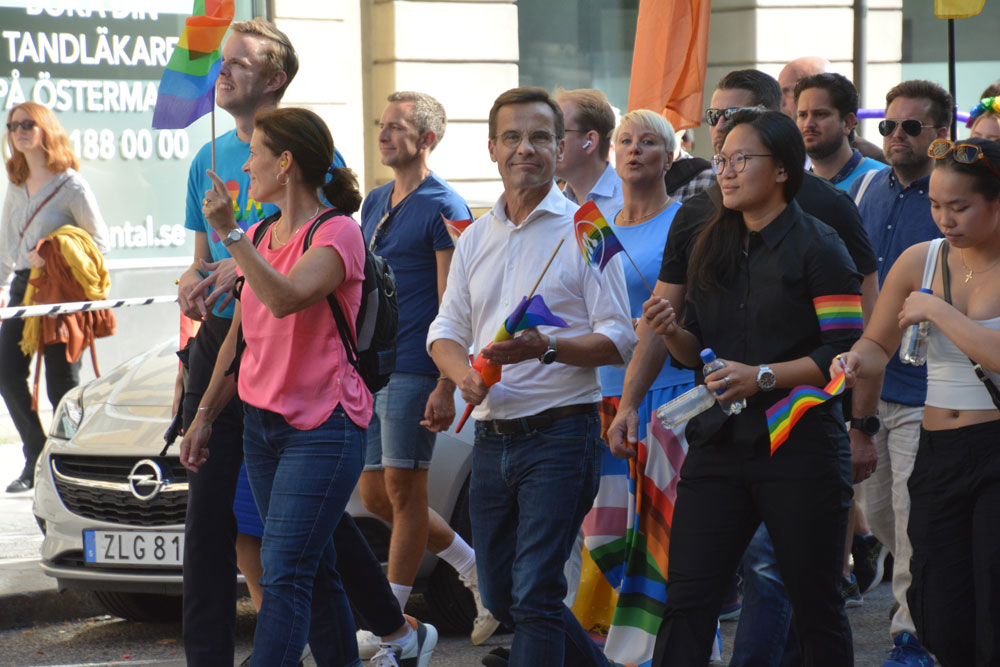
Turkey Believes Sweden Hasn’t Done Enough
Sweden will have to wait a bit longer for NATO membership, according to Turkey's Justice Minister Jilmaz Tunc. First, Sweden must extradite the "terrorists" Turkey wants and stop the desecration of the Quran.
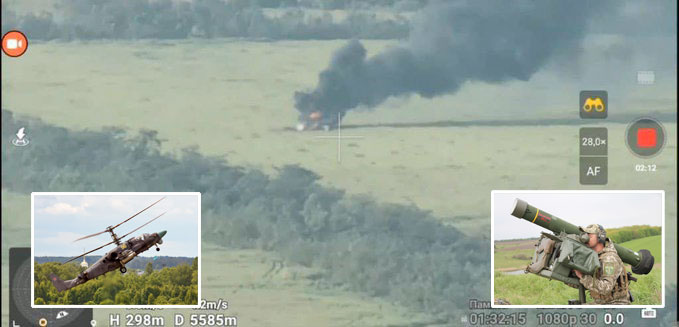
Swedish Weapon Takes Down Russia’s Best Attack Helicopter
The Russian attack helicopter Ka-52 is considered one of the world's best and has struck fear in Ukraine, where it has hunted down tanks and other armored vehicles, often beyond the range of many light anti-aircraft systems. However, it has met its match in the Swedish air defense missile system RBS 70, which has quickly led to significant losses for the Russian helicopter forces.
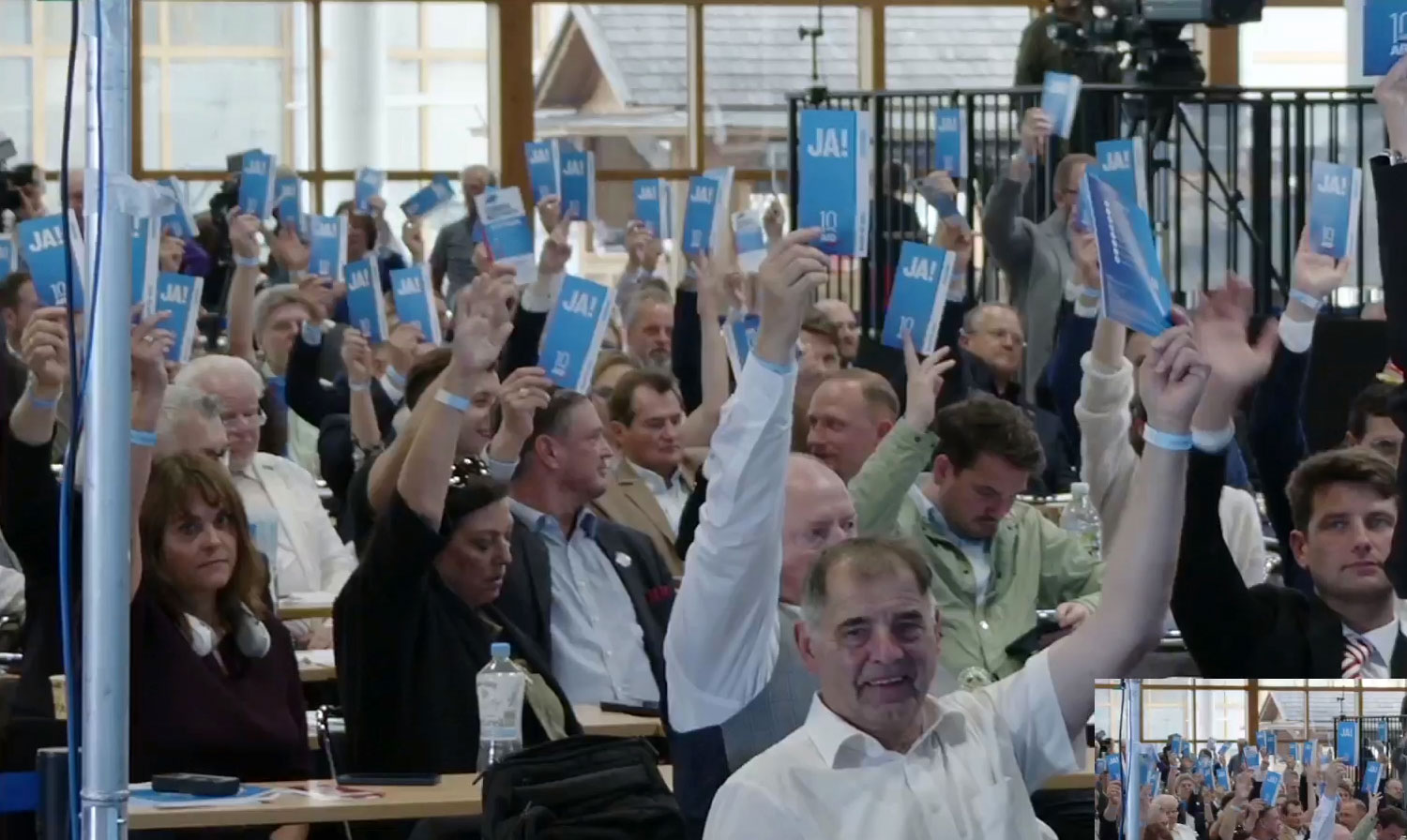
Strong Confidence in German AfD
Alternative for Germany (AfD) held a party conference on July 29-30 to select candidates for the upcoming EU election next year. EU Parliament member Maximilian Krah, belonging to the party's more radical, ethnonationalist faction, was appointed as the top candidate. The party's two spokespersons delivered powerful speeches criticizing the EU's failed migration policy and trade sanctions that isolate Europe and Germany from the rest of the world. They argued that it's time for the EU to return a significant portion of its power to national parliaments. However, they have dropped the demand for Germany to exit the EU.
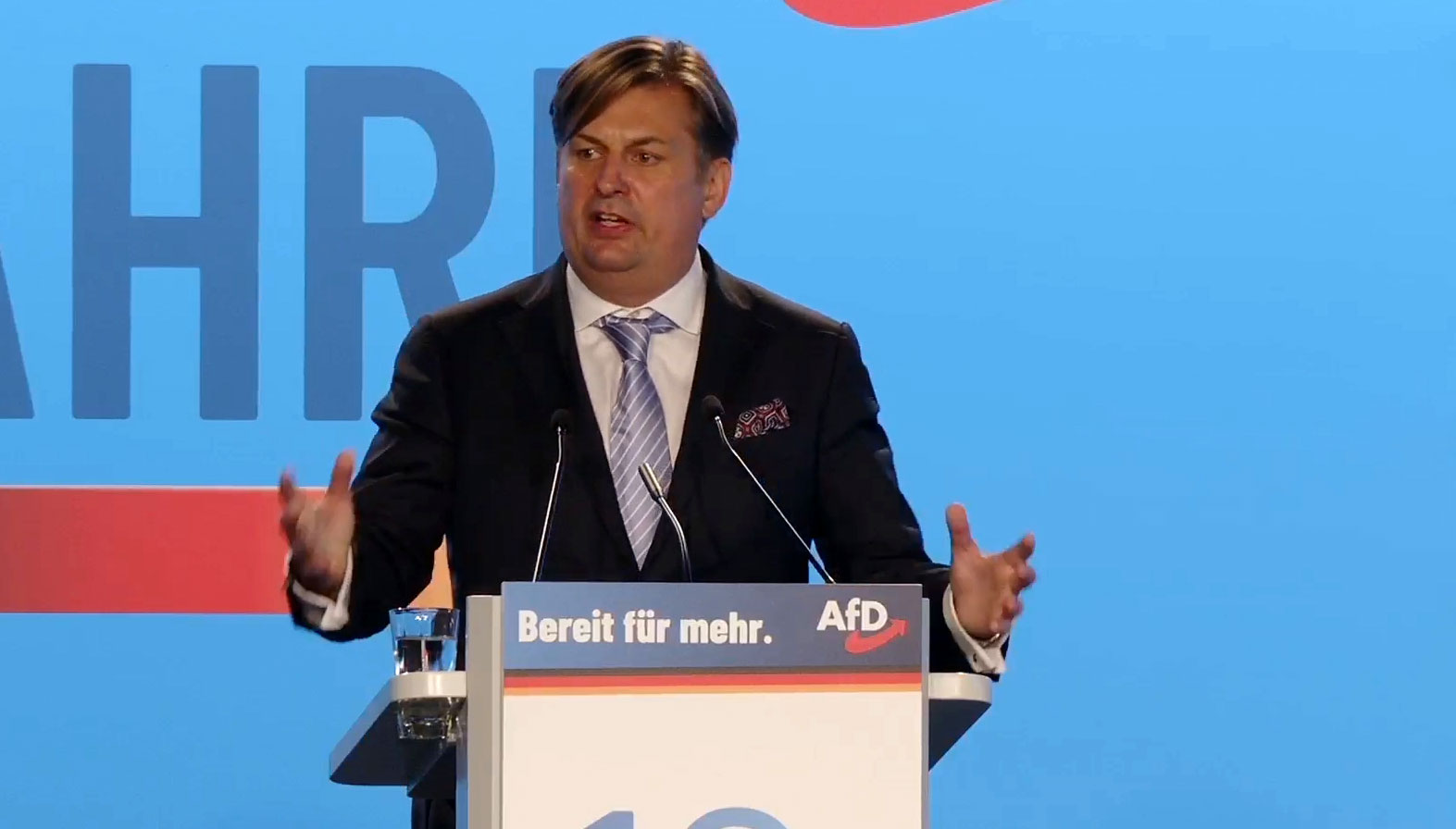
The Establishment Wants to Ban Germany’s Second Largest Party – for the Sake of Democracy
The rising popularity of AfD has raised strong concerns within the establishment. Despite lies and demonization in the media and isolation from the overall political establishment, the party continues to grow. Certain representatives of the party are accused of becoming increasingly "extreme," and in an unusual move, the influential weekly newspaper Der Spiegel demanded that AfD be "banned."

Dutch FvD break through the media blockade
What is happening in the Netherlands? It is often difficult to follow events in other countries, especially when distorted by system media. We give Forum for Democracy (FvD) the opportunity to speak out on the political situation in the Netherlands and the staunch resistance they face in trying to save the country.
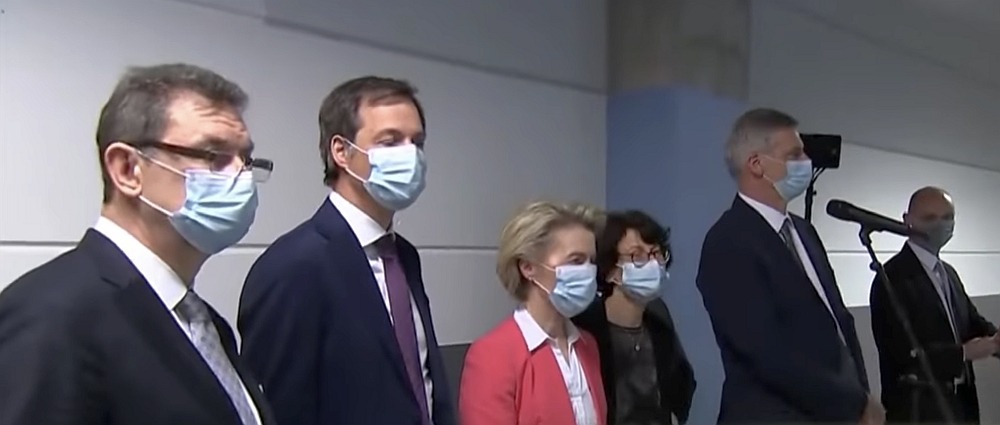
The Ursula von der Leyen Affair
After a criminal complaint in Belgium against the President of the European Commission, the so-called SMS-case, now takes a new turn. The judge responsible for the investigation will likely gain access to the secret messages exchanged between Ursula von der Leyen and Albert Bourla, CEO of Pfizer, at least if they haven't been deleted.
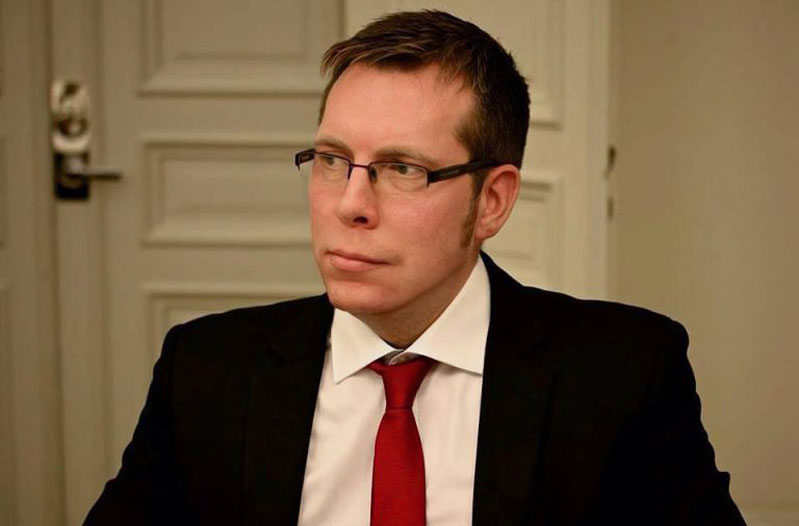
Publisher of Unique Literature Worldwide Blocked by International Distributor
Arktos has distinguished itself by publishing groundbreaking philosophers and social critics. Now, the publisher's international distributor has abruptly terminated the cooperation, and more than 400 already printed titles cannot reach their audience. There is strong evidence that the distributor has been under pressure, something that has also happened in Sweden. We have spoken with Arktos founder Daniel Friberg about the ongoing struggle for freedom of speech in a shrinking cultural corridor.
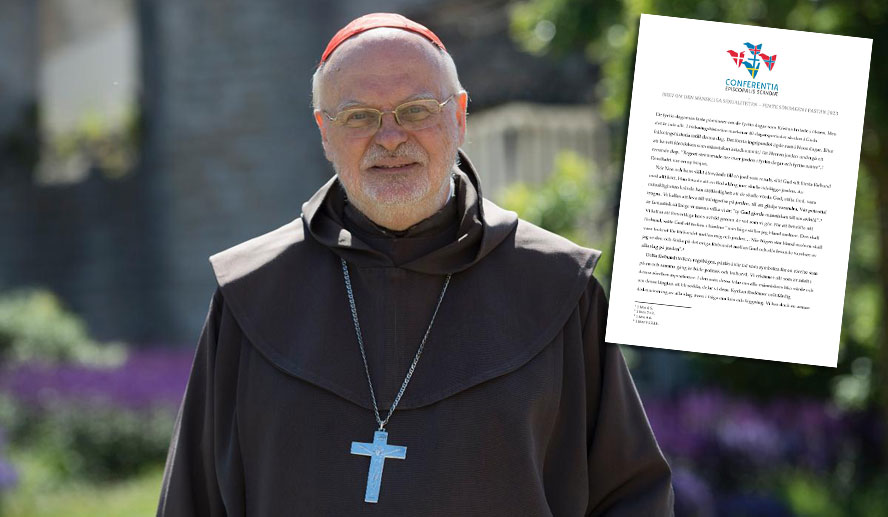
Care prompts bishops to criticize transgender ideology
The Catholic bishops of the Scandinavian countries presented an open five-page letter criticizing transgender ideology on March 21, just before Easter. The document primarily expresses care and advice and was read aloud in Catholic churches in Sweden, Norway, Finland, Denmark, and Iceland. Cardinal Anders Arborelius, Bishop of Stockholm, is one of the signatories of the document.


